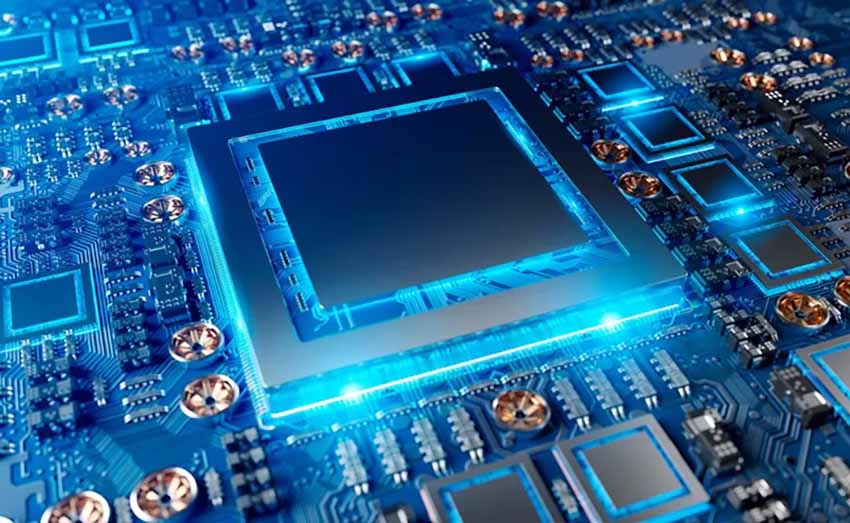Jingjia Micro, short for Changsha Jingjia Microelectronics Co. Ltd., has allegedly started work on its GPU JM9271, which will supposedly be as fast as a Nvidia GeForce GTX 1080.
Chinese graphics cards (JM9271 and JM9231) in competition
Jingjia Micro was officially established in 2006 and is a Chinese military company specializing in the design and manufacture of electronic components. The company has begun to achieve fame with the production of the JM5400, China’s first domestic GPU. The JM5400 is based on a rather primitive 65 nm manufacturing process.
Jingjia Micro’s business is booming. The China-based company yesterday presented the results of its first half of 2019, in which it recorded an income of 257 million yuan (36 million dollars), a significant increase of 34.54% over the previous year.
However, Jingjia Micro’s hunger cannot be satisfied and has already begun to market its GPUs outside the military market. The JM7200 is the company’s newest GPU. It has a clock frequency of 1,200 MHz and has 4 GB DDR3 memory. As a reference, the performance of the JM7200 corresponds to a GeForce GT 640, but the JM7200 has a TDP of less than 10W compared to the 50W of the GeForce GT 640.
It is said that the Chinese company is receiving orders for its JM7200 GPU and has returned to the drawing board to plan its next-generation GPUs.
According to cnBeta’s report, the JM9271 and JM9231 will be Jingjia Micro’s next high-performance GPU. The former works like a GeForce GTX 1050, while the latter says it works like a GeForce GTX 1080. As for the TDP, Nvidia obviously has the advantage. Graphics cards with Pascal technology use the 16nm node, while Jingjia Micro’s offering continues to be based on the 28nm manufacturing process.
It is expected that the JM9231 will arrive with a clock speed of 1,500 MHz, 8 GB GDDR5 memory and a 150 W TDP. The JM9271, which is probably the flagship model, will be equipped with all the amenities, including support for the PCIe 4.0 interface and up to 16GB of HBM memory. It is designed with a TDP of 200W and should have a boost that scales over 1,800 MHz.
The GPUs JM9231 and JM9271 could only be used for military purposes for the time being. This is obvious as both GPUs apparently lack support for DirectX 12 and Vulkan APIs. If Jingjia Micro wants to steal a piece of the Nvidia and AMD cake, the Chinese GPU manufacturer must integrate both functions to have a graphics card for games.
GPUs are probably at an early stage of development, and there is still time for product changes, or Jingjia Micro could make a completely different consumer product. If the price is aggressive, we could well imagine that Jingjia Micro GPUs could be sold on the Chinese market as hot biscuits.
Source: ixbt
